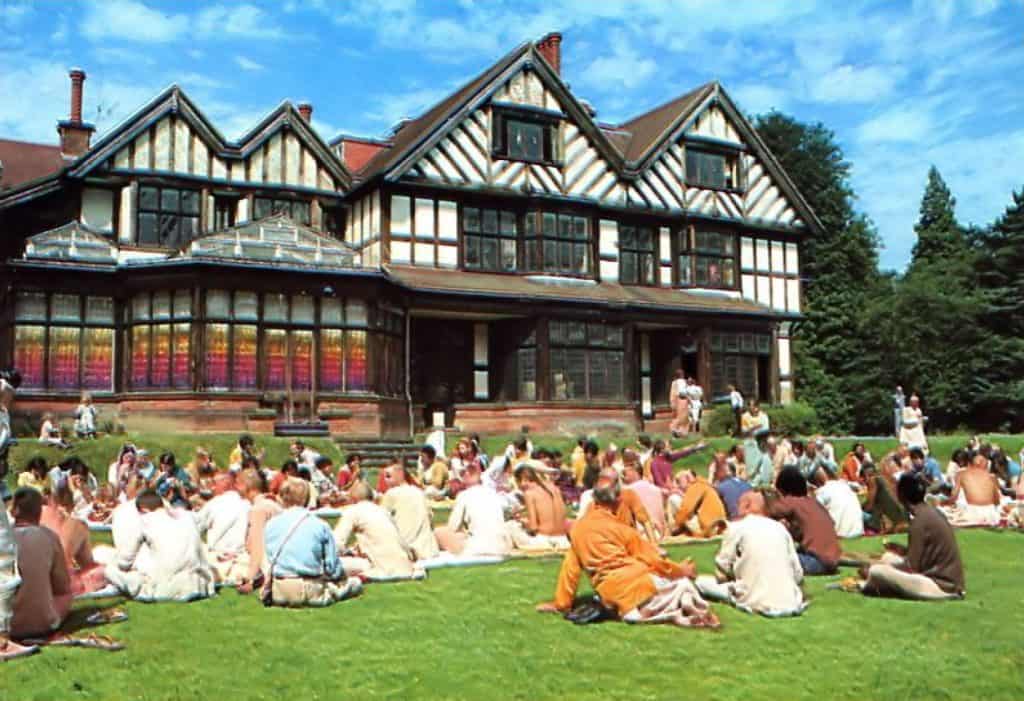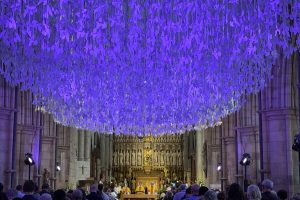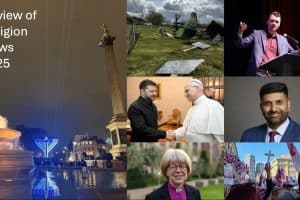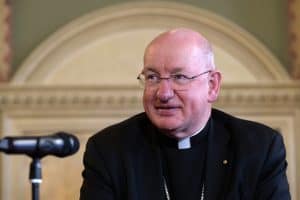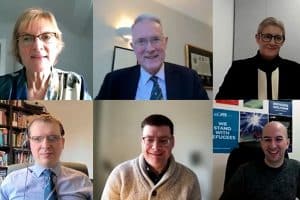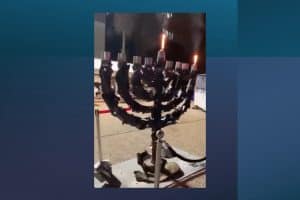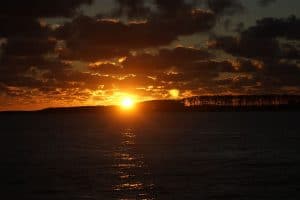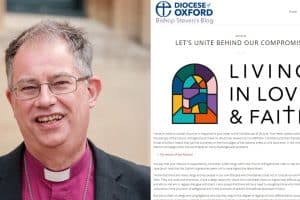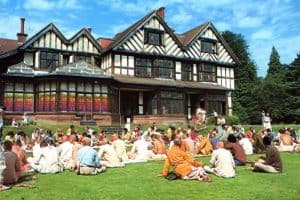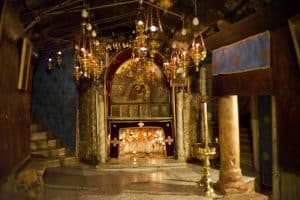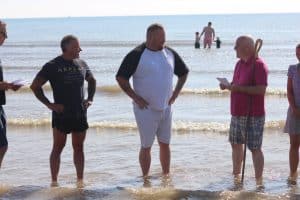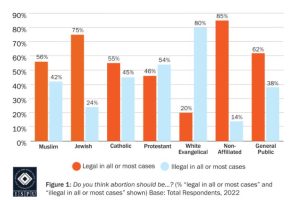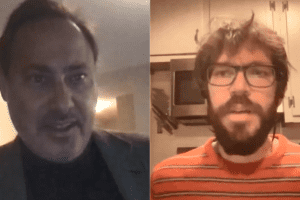By Lianne Kolirin
To get to Bhaktivedanta Manor, home of Britain’s Hare Krishna movement, you drive down a slip road winding at the back of a McDonald’s drive-thru.
There is nothing to indicate that behind the golden arches lies not just a spiritual temple, but also luxury accommodation for the manor’s most revered residents: 66 cattle in a cowshed described as the “Hilton for cows”.
Since the summer, thousands of visitors have flocked to the country manor not only to see — and feed — the cattle, but to celebrate the manor’s half-century as the base of Britain’s Hare Krishna community.
The 80-acre estate in Aldenham, just outside Watford in Hertfordshire, also holds a place in rock’n’roll history: it was donated to the Hare Krishnas by George Harrison.
Shyamasundar Das (born Samuel Speerstra, in Oregon, in 1942) had met Bhaktivedanta Swami, the founder of the Hare Krishna movement, in 1967 and came to Britain next year on a mission to launch it in the UK.
He managed to get himself invited to a party held by Apple Records — the Beatles’ label — in December and it was there that he met George. The two became close and Harrison went on to embrace the movement’s spiritual teachings.
When the Hare Krishnas outgrew their base in the West End of London, Harrison instructed a British devotee to find a suitable large property not too far from the capital. After viewing several possibles, Harrison bought Piggott’s Manor, as it was then known, and devotees moved in gradually.
Mina Sharma, who manages the manor’s public relations, showed me around the manor, with Dr Sachi Patel, a Hindu chaplain at King’s College London. “People can come here and meditate and take time out from the hustle and bustle of life,” said Dr Patel, a former monk at the manor.
The meeting between the Hare Krishnas and the Beatle was not just a happy accident, Ms Sharma said. The movement was brought to the western world in 1965 by Bhaktivedanta Swami Prabhupada — or Srila Prabhupada as he was informally known.
“He boarded a boat and travelled to New York with a typewriter, a set of books and a couple of dollars in his pocket,” she told me. “He knew no one and, coming from India, which was really hot, he arrived in a freezing New York winter.
“But he still persevered and he went to Tompkins Square Park in New York and he used to sing his Hare Krishna mantra over and over again.”
Timing, according to Ms Sharma, was everything. “He arrived at the point when teenagers and students were really against the Vietnam War and so when they came into contact with the swami they were really inspired by his teachings of peace and kindness.”
A small group of six American devotees were then asked if they would consider taking the message to Britain. “These six Americans, who had never been to London, flew over to London with a baby. And they had this crazy ambition that they needed to meet the Beatles,” she said.
Once here, they regularly travelled up to Apple Records, laden with apple pies and other food — which eventually earned them an invitation to the Beatles’ Christmas party.
When they arrived, Ms Sharma said, Harrison asked them: “Where have you guys been? I’ve been waiting to meet you.”
And so a lasting friendship was born, with Harrison going on to travel out to India where he became fascinated with Hindu texts.
Piggott’s Manor, which was renamed in honour of Bhaktivedanta Swami Prabhupada, who brought the ancient teachings of the Vedic scriptures to the West.
Harrison went on to write the foreword of a book sharing the pastimes of Krishna — the Hindu the god of protection, compassion, tenderness, and love — which he signed “All you need is love (Krishna), George Harrison”.
He also wrote several devotional hits, including My Sweet Lord, in which he recited the Hare Krishna mantra and both recorded and produced the Radha Krishna Temple album at Abbey Road Studios in 1970, when he played a harmonium.
“He stayed involved for the rest of his life but he didn’t want to have the media attention,” said Ms Sharma; he “retreated into himself” but his “philosophy and belief were reflected in his songs”.
Today the thriving temple, cultural centre and monastery is adorned with evidence of Harrison’s involvement, while visitors are welcome to enjoy the George Harrison memorial garden, which opened by his widow Olivia and the BBC gardener Monty Don in 2013. It also hosts its own teaching college and the protected cattle herd are part of an organic farm.
The manor hosts the biggest Krishna Janmashtami, celebrating the birth of Krishna, outside India, with 70,000 people visiting the last festival in the summer.
Visakha Dasi, president of the manor today, told the Religion Media Centre that its doors are always open to visitors of all backgrounds.
Visakha, an American born to a Roman Catholic mother and Jewish father, became involved after travelling to India with a friend in her youth.
“At that time the young people were very dissatisfied and really searching,” she said. She was at the manor when it opened in 1973 and has been at its helm for 3½ years.
Today the manor is a focal point for many Asian families living in Britain, with regular communal and festivities and other events held here. “Indian people long for their own culture so they come and they find the Hare Krishna temple very attractive and very devotive,” she said.
People of all faiths and none are always welcome to drop in to the temple, “a spiritual sanctuary, a temple, a monastery and a place of contemplation and exploration for the spiritually inquisitive”. New visitors are encouraged to book on to regular tours but there are also regular courses and retreats, as well as the “be a monk challenge” — in which participants are immersed in the spiritual life there for seven days.
Visakha said: “The people who came to the manor to learn the philosophy and various practices became very convinced and found it so valuable. From their enthusiasm they enthused others who enthused others who enthused others.
“The core principles are quite universal and people find it really improves their lives in a tangible way.”

